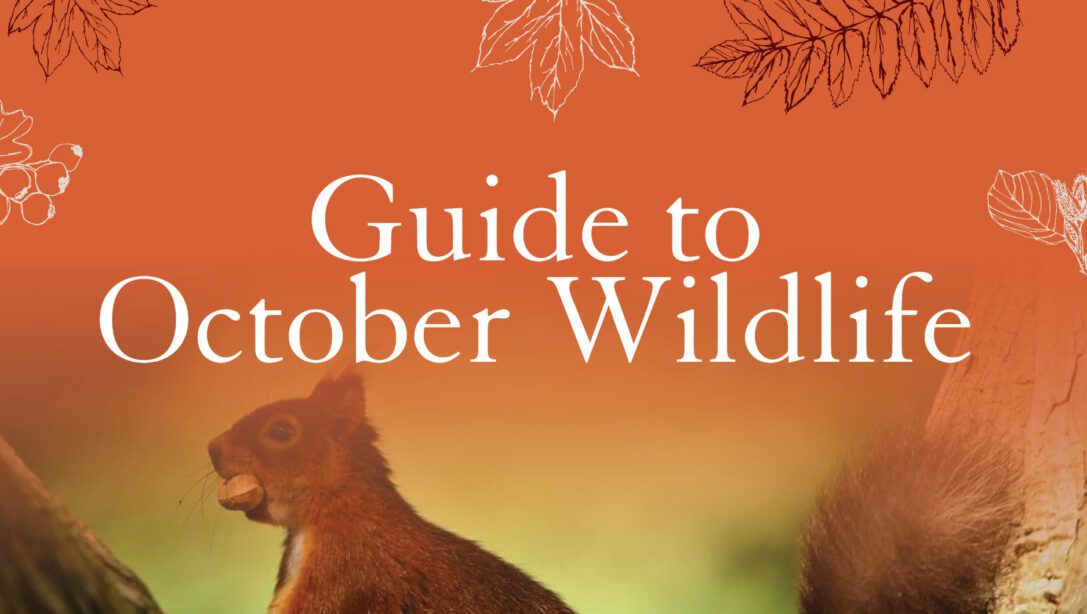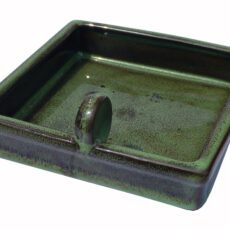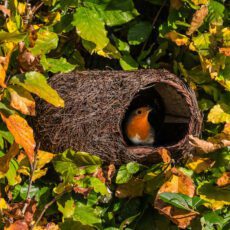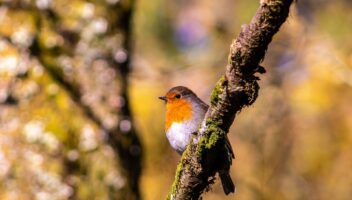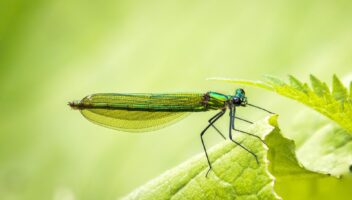For many gardeners, spotting the wildlife in our gardens brings as much joy as caring for our plants. It is also becoming increasingly clear how vital it is to support our whole ecosystem. Our guide to garden wildlife in October has been created in collaboration with the experts at Wildlife World.
Find out what different animal species are doing this month and how you can help them in your garden.
October Wildlife: Bees

Some bee species are still active in October, including bumblebees and honeybees. Fill your garden with autumn nectar sources to help them survive.
How you can help:
- Grow plants such as Asters, Buddleia, Dahlias, Scabiosa, Sedum and Verbena bonariensis that offer nectar in the autumn.
- Avoid cutting back mature ivy, as it is an excellent source of nectar for bees and other pollinators.
- Consider creating a wildflower meadow, benefitting birds, bees, butterflies, and more. Autumn is a good season for this.
- Autumn is the best time to plant several bulb varieties that flower in early spring, offering an early source of nectar. Snake’s head fritillary, Crocus and grape Hyacinth are all good choices.
Read more: The Best Plants for Bees, Create a Wildflower Meadow in Your Garden.
October Wildlife: Bats

In mid-autumn, bats prepare themselves for their winter torpor by feasting on as many moths and insects as they can find.
How you can help:
- Garden in a way that encourages the complete ecosystem. If you have plenty of insects, that in turn attracts larger mammals, such as bats.
- Install bat boxes to provide a safe and sheltered spot for them to roost. Bat boxes mimic the crevices and tree hollows that bats naturally seek out, offering them a secure place to rest during the day.
Read more: Encourage and Support Bats in Your Garden.
October Wildlife: Birds

Many migrating species of bird will have now left the UK for distant, warmer shores. Keep a watch out for the arrival of species from Russia and Scandinavia that spend winter in the UK, like waxwings and fieldfare.
Native species, such as robins, goldfinches and blue tits, will be on the hunt for food as days get shorter and colder.
How you can help:
- As you carry out your autumn garden clear-up, embrace a bit of mess. Keep seedheads on your plants as a valuable source of food. Make a leaf pile to help ground-feeding birds spending winter in the UK.
- Don’t mow your lawn too short. Longer grass creates a feeding table of sorts for species including thrushes, blackbirds and starlings during the winter months.
- Plants including holly and hawthorn are valuable sources of food during winter. Autumn is the ideal season to plant shrubs if you do not have these already.
- If you have a bird nest box, clean it in autumn once any chicks have fledged.
Read more: Caring for Garden Birds All Year Round.
October Wildlife: Butterflies
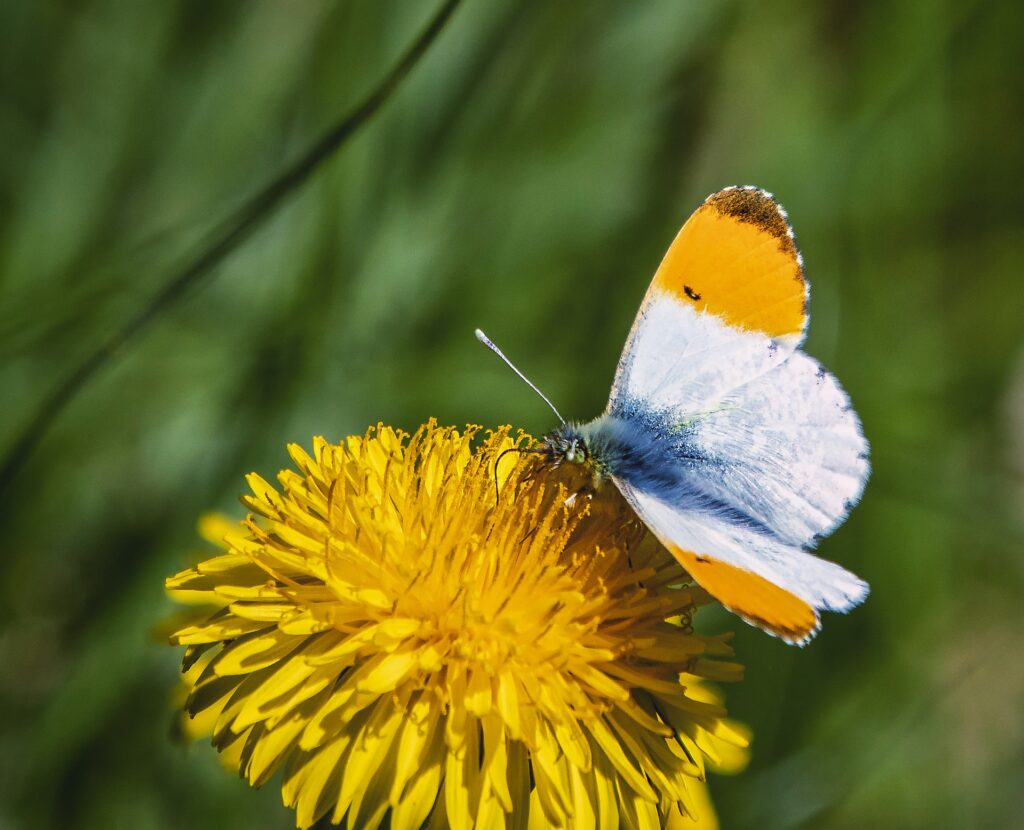
A small number of butterfly species can still be spotted in October, such as peacock and comma. These species overwinter as adults and will soon be on the hunt for cool and dry spots, such as sheds, wall crevices, and garages.
How you can help:
- Grow plants that offer an autumn nectar source for butterflies. Buddleia and Verbena bonariensis are good options.
- Leave areas of long grass, avoid cutting back your ivy and keep piles of leaves and wood to offer options for all manner of sheltering creatures.
Read more: What to Plant to Attract Butterflies.
October Wildlife: Frogs & Toads

By October, frogs and toads will be starting to look for a place to hibernate for the winter. Compost bins and damp, shady holes are popular spots.
How you can help:
- Consider having a frog house as a spot for these delightful amphibians to spend winter in
- Be conscious of frogs – and other creatures – making homes around the garden at this time of year. Once you have done your clear-up, leave any piles of leaves and logs be.
October Wildlife: Hedgehogs
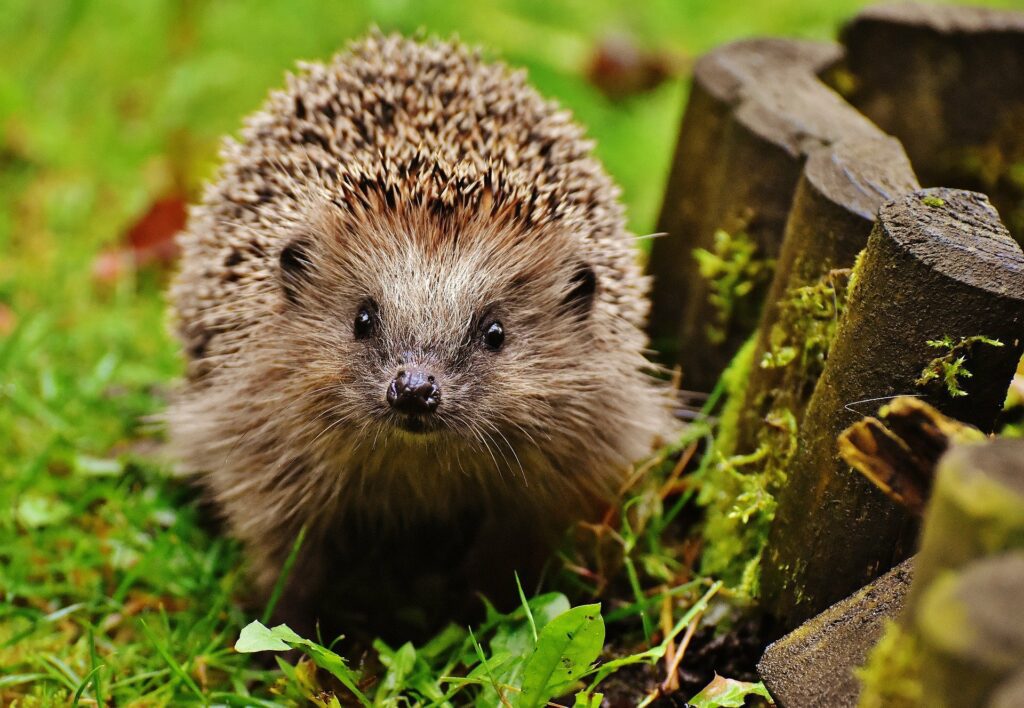
UK hedgehogs typically hibernate from late autumn through to mid-spring. In October, they will be readying themselves, building fat reserves and finding their spot for their winter dormancy.
How you can help:
- Leave a consistent source of food and clean water.
- Make sure you have your hedgehog house out by the end of the month at the latest.
- Leave wild areas in the garden with longer grass, log piles etc. as additional spots for winter shelter.
- Hedgehogs love to roam, travelling up to a mile a night to feed. One of the most important things you can do is to allow free movement between neighbouring gardens. This could be as simple as a small hole at ground level between fences. You can also purchase special hedgehog crossings if you would like to make a feature of it.
Read more: How to Create a Hedgehog Friendly Garden.
October Wildlife: Ladybirds
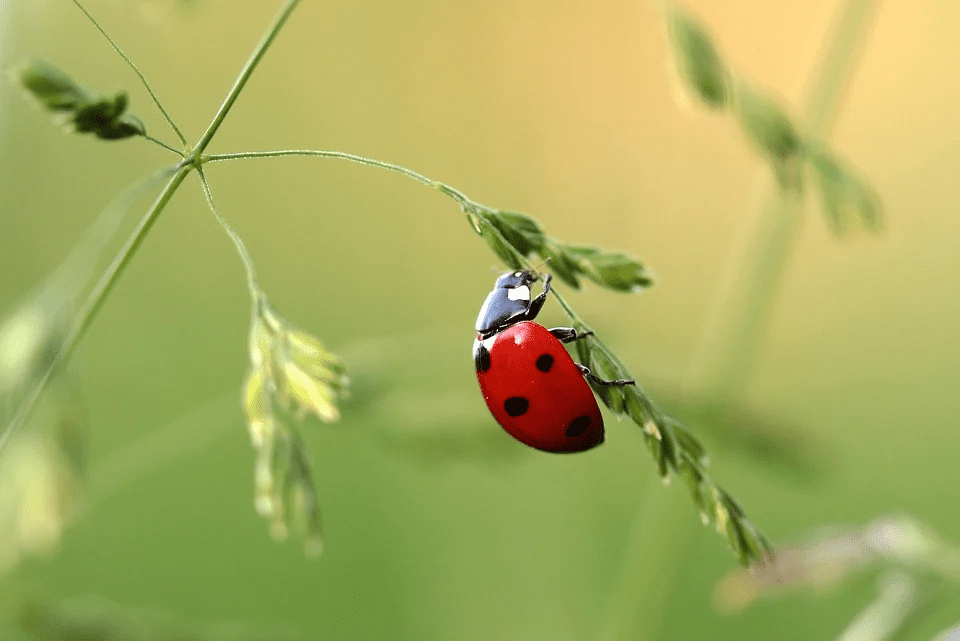
In October, weather-dependent, ladybirds will start seeking out sheltered spots – such as underneath tree bark – to spend the winter in. Adult ladybirds will remain here until the weather warms in spring.
How you can help:
- Have some rough piles of leaves and logs in your garden to support overwintering creatures such as ladybirds.
Read more: How to Help Hibernating Animals.
Was This Article Helpful?
Join the Hillier Gardening Club to get the latest gardening news and advice
Find Out More

